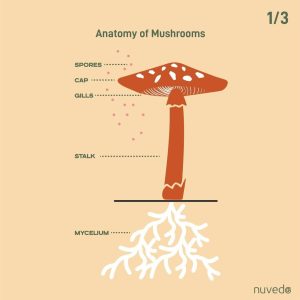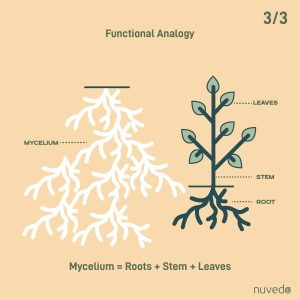Lifecycle of a Mushroom
Typically when one thinks of mushrooms, the white dome of a button mushroom appears in the mind’s eye. This is but one of the many thousands of varieties of mushrooms inhabiting our planet today. Mushrooms come in a plethora of shapes, sizes and colours and while some are delicious to devour, others are medicinal marvels or frivolously fatal. So, let us take a deeper look at what these organisms are and how they grow.
What are mushrooms?
Mushrooms, contrary to what we may think are but a small portion of a much larger organism that grows beneath the plane accessible to out visual field. The mushroom is equivalent to fruit and its job description is similar to that of a fruit. It is a fruiting body that arises from a network of thread-like mycelia that represents the main functional body of a group of fungi known as Basidiomycetes (with some exceptions). The mycelium feeds on plant matter and dead decomposing wood, at the same time releasing the nutrients locked within these substrates for other organisms such as bacteria to consume. Once the mycelium is ready to reproduce, it sends out the mushroom fruiting body whose sole purpose is to reach up and out into the atmosphere and disperse spores which are the seeds that will give rise to new fungi.
Spores

Mycelium

As above so below I imagine. It is as difficult for the fungus to find a mycelial mate as it is for humans to settle on a Tinder date. Mushrooms come in thousands of different mating types and two mycelia can only mate if they have complementary mating genes. If two mycelia win the genetic lottery and prove to be compatible they merge into a single mycelial network known as the dikaryon which can then proceed to form a fruiting body.

“Nature alone is antique, and the oldest art a mushroom.”


